Lectures
Each year, SfN's Program Committee invites leading scientists to give lectures on hot topics in neuroscience. All lectures will take place in McCormick Place, Hall B1. Real Time Captioning Services will be provided for all lectures in Hall B1. There will be dedicated seating areas and screens that will display the captioned text. Lectures taking place during Neuroscience 2019 are listed below.
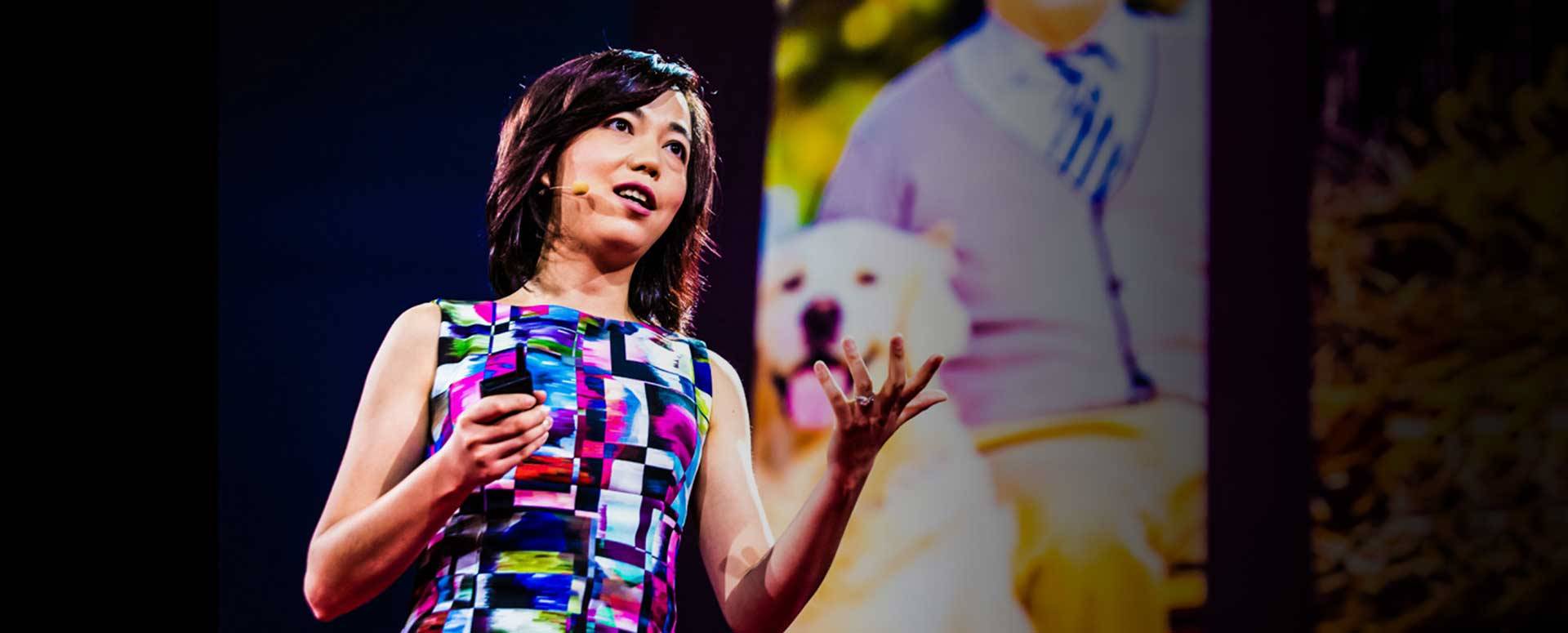
Dialogues Between Neuroscience and Society - Fei-Fei Li
Date & Time: Saturday, October 19, 11 a.m.–1 p.m.
Location: Hall B
Speaker(s): Fei-Fei Li, PhD
Institution: Stanford Human -Centered AI Institute
Fei-Fei Li is professor of computer science and co-director of the Stanford University Human-Centered AI Institute (HAI). A pioneering expert in AI, inventor of ImageNet, and thought leader, Dr. Li challenges us to be the stewards of technology to serve humanity at its broadest and most diverse extent. Dr. Li has also been recognized as a 2016 Global Thinker by Foreign Policy and formerly served as the vice president of AI and machine learning at Google Cloud. In this session, Dr. Li will discuss the transformative potential that AI and machine learning pose for society from her unique perspective as a scientist and an ethical leader who advocates for future technologies to incorporate an understanding of how to augment, not replace, elements of the human experience.
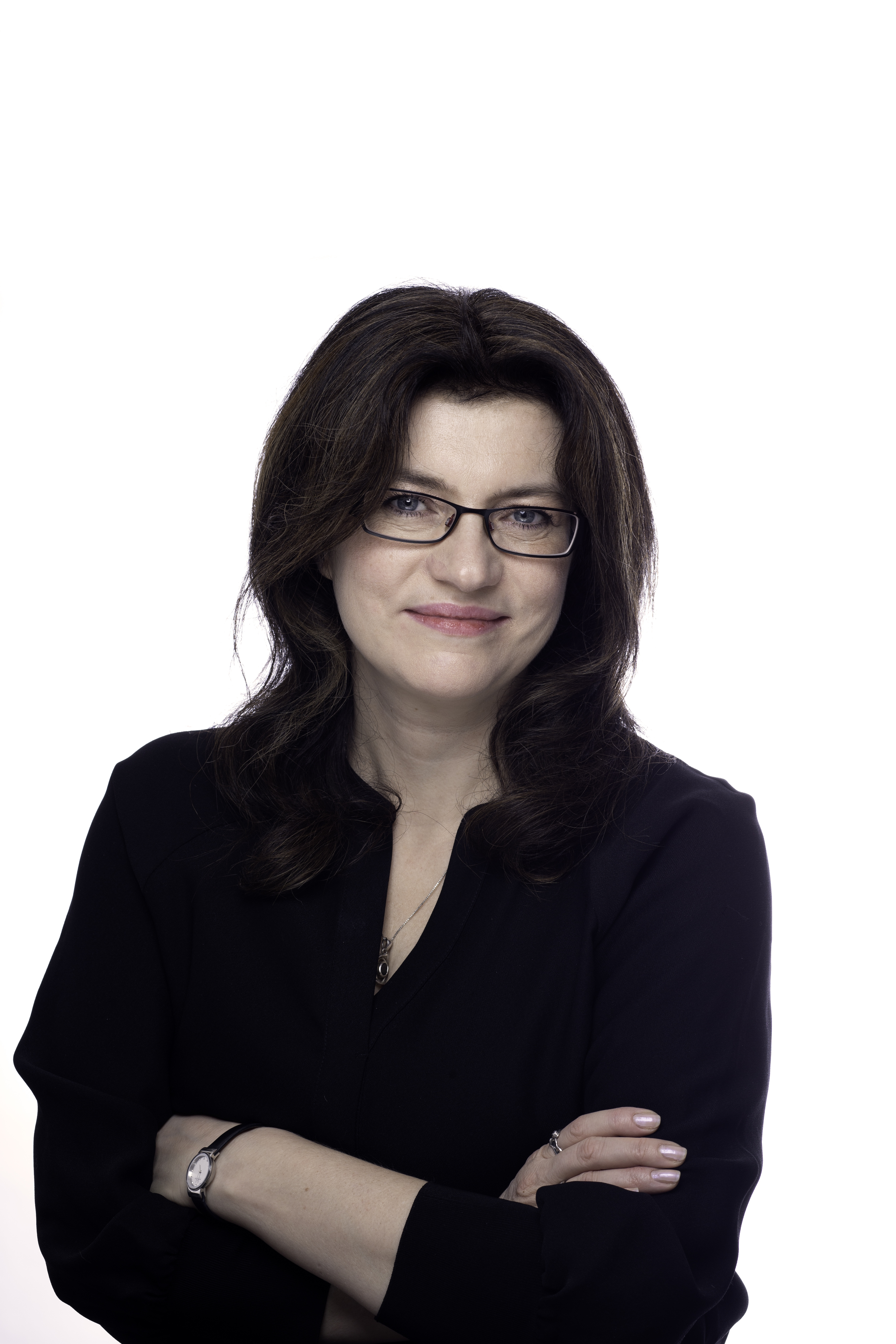
Special Lecture- Neuronal Activity-Dependent Myelination: A Mechanism for Learning and Repair? - Ragnhildur T. Karadottir
Location: Hall B
Theme: Theme B – Neural Excitability/ Synapses/ and Glia
Speaker(s): Ragnhildur T. Karadottir, PhD
Institution: University of Cambridge
Myelin is essential for normal brain function, and alterations in myelin are increasingly implicated as a mechanism for learning. The importance of myelin is evident in diseases where damage to myelin leads to physical and cognitive disabilities. Uniquely within the central nervous system, myelin can regenerate; but this often fails, causing sustained clinical deficits. This lecture will cover the progress made in understanding myelination, with a focus on activity-dependent myelination, and explore how the underlying mechanisms of myelin plasticity may underpin myelin regeneration.
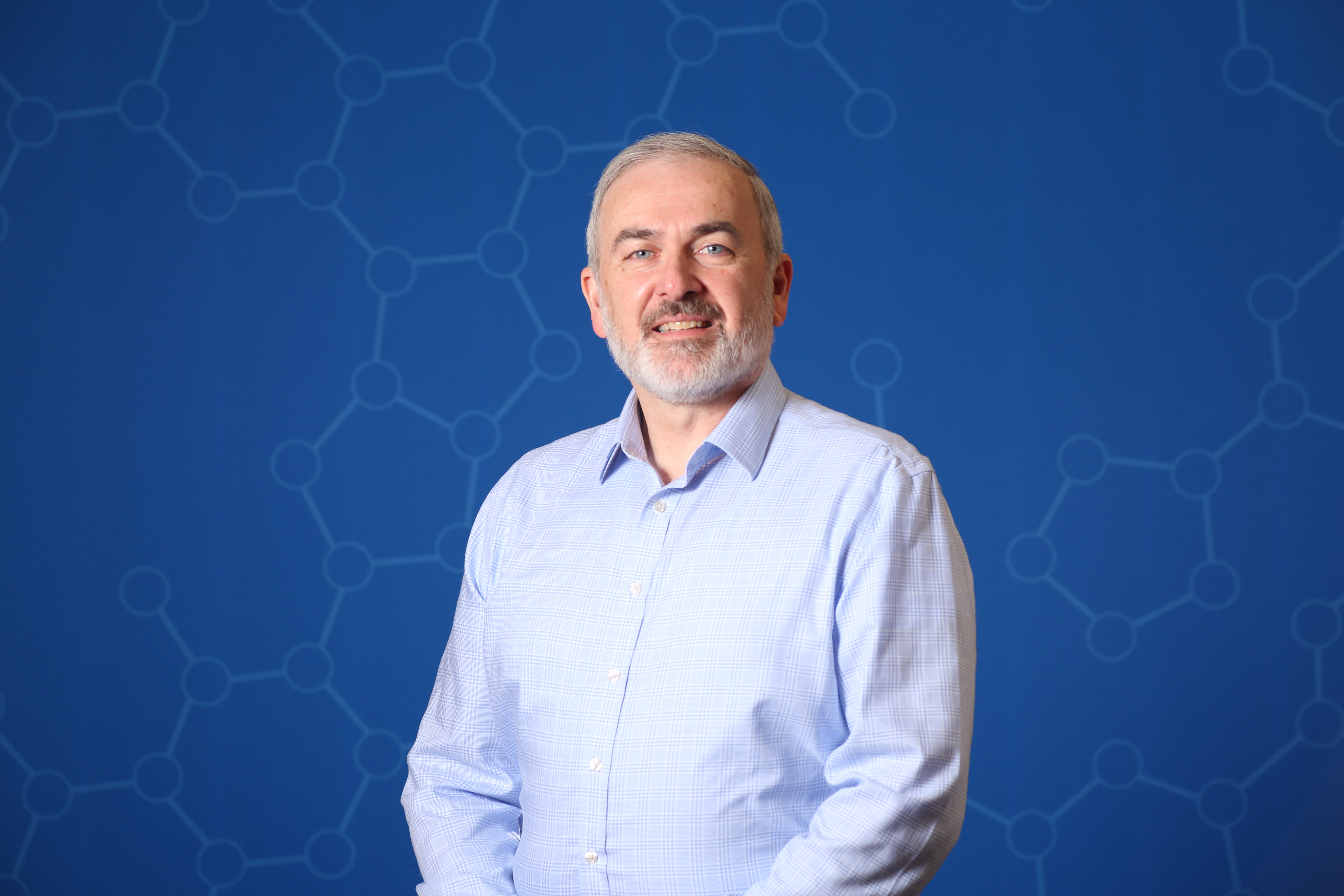
Presidential Special Lecture- From Base Pairs to Bedside: Antisense Modulators of RNA Splicing to Treat Neurological Diseases - Adrian R. Krainer
Location: Hall B
Speaker(s): Adrian R. Krainer, PhD
Institution: Cold Spring Harbor Laboratory
Nusinersen, the first FDA-approved drug for spinal muscular atrophy (SMA), exemplifies a successful path from basic studies to an effective therapy. It is an antisense oligonucleotide (ASO) that modulates alternative splicing of SMN2, increasing functional SMN protein in motor neurons. After clinical trials in SMA infants and children, nusinersen was approved in 2016. This lecture will describe the development of this drug and its clinical impact. Using a similar approach, an ASO was developed to correct defective RNA splicing of IKBKAP, which causes familial dysautonomia.
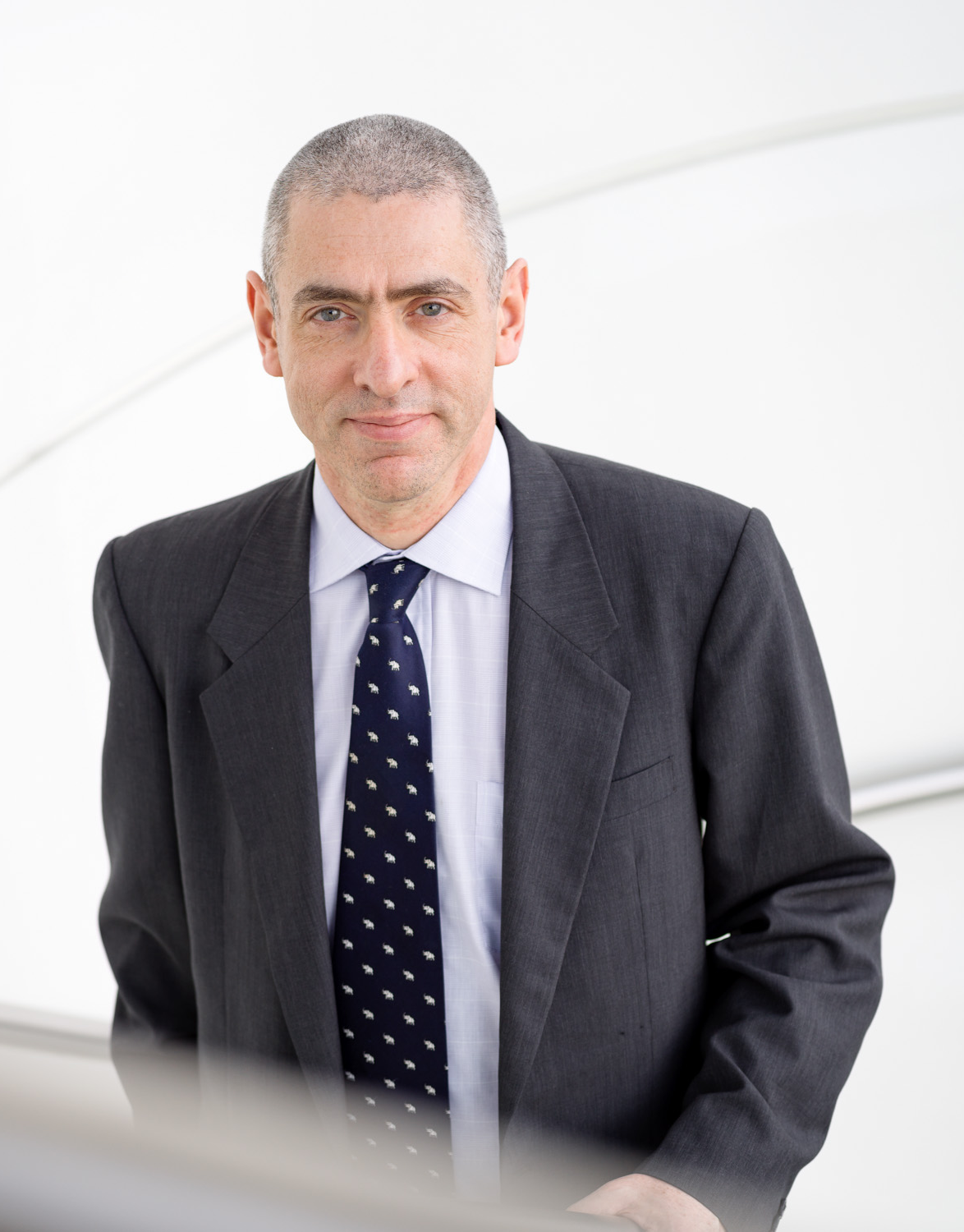
Special Lecture- Theoretical Neuroscience: Decision Making and Its Discontents - Peter Dayan
Location: Hall B
Theme: Theme I – Techniques
Speaker(s): Peter Dayan, PhD
Institution: Max Planck Institute for Biological Cybernetics
Theoretical neuroscience comes in three intertwined strands: data analysis, which is of ever greater importance in the present age of burgeoning big neural data; mathematical neuroscience, offering quantitative accounts spanning levels of description; and computational neuroscience, predicated on the fact that brains solve complex information processing problems. This lecture will review elements of each of these, focusing on the ever richer understanding of normal and dysfunctional affectively-charged decision-making.
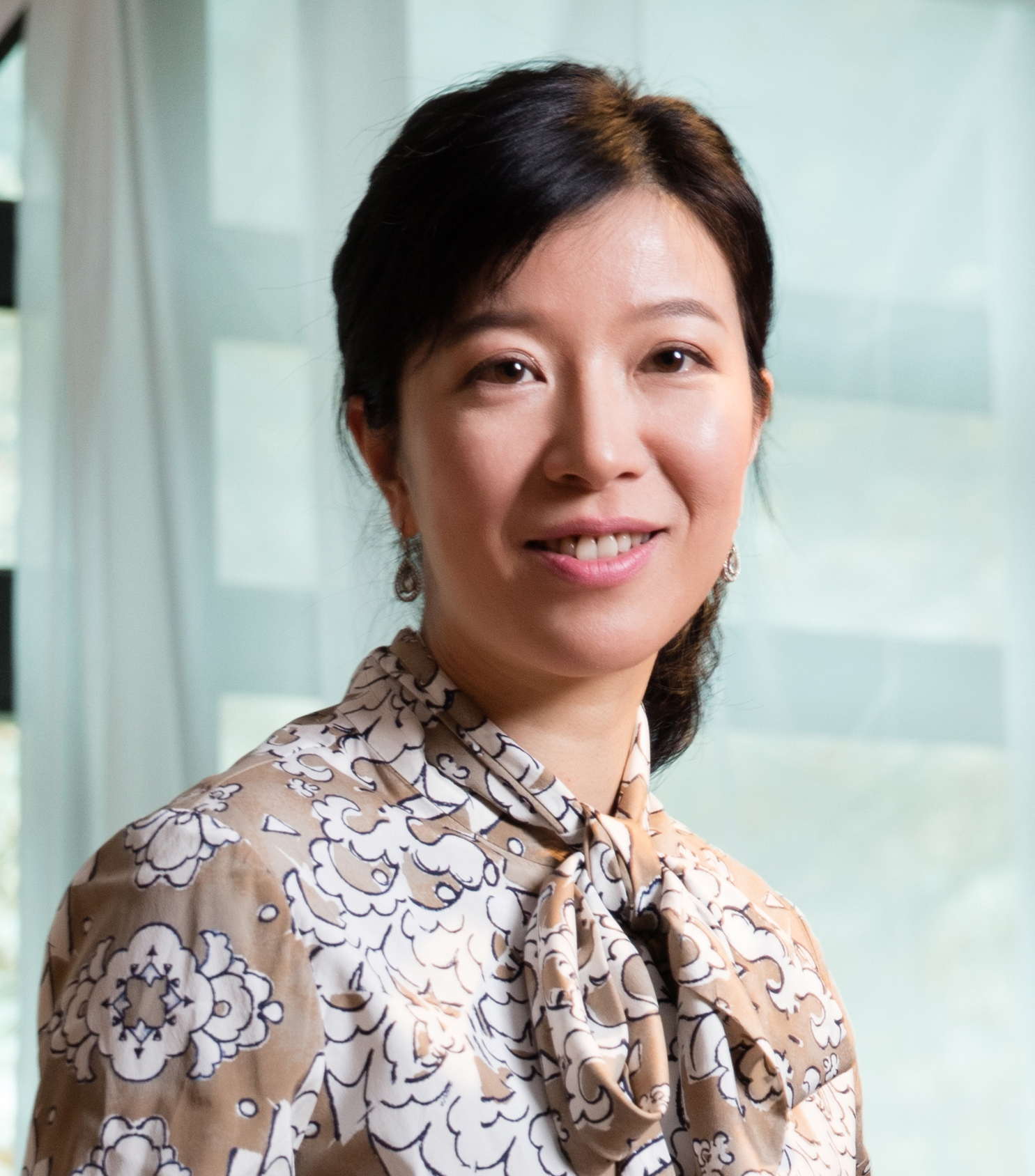
CLINICAL NEUROSCIENCE LECTURE- From Pecking Order to Ketamine: Neural Mechanisms of Social and Emotional Behaviors - Hailan Hu
Location: Hall B
Theme: Theme G – Motivation and Emotion
Speaker(s): Hailan Hu, PhD
Institution: Zhejiang University School of Medicine
Emotions and social interactions color our lives and shape our behaviors. Using animal models and engineered manipulations, we aim to understand how social and emotional behaviors are encoded, focusing on the neural circuits underlying dominance hierarchy and depression. This lecture will highlight recent discoveries on the interplay between winning history and prefrontal circuit activities; the impact of social status loss on depression; and how ketamine tames depression by blocking bursts in the brain's anti-reward center, involving a surprising role of glia.
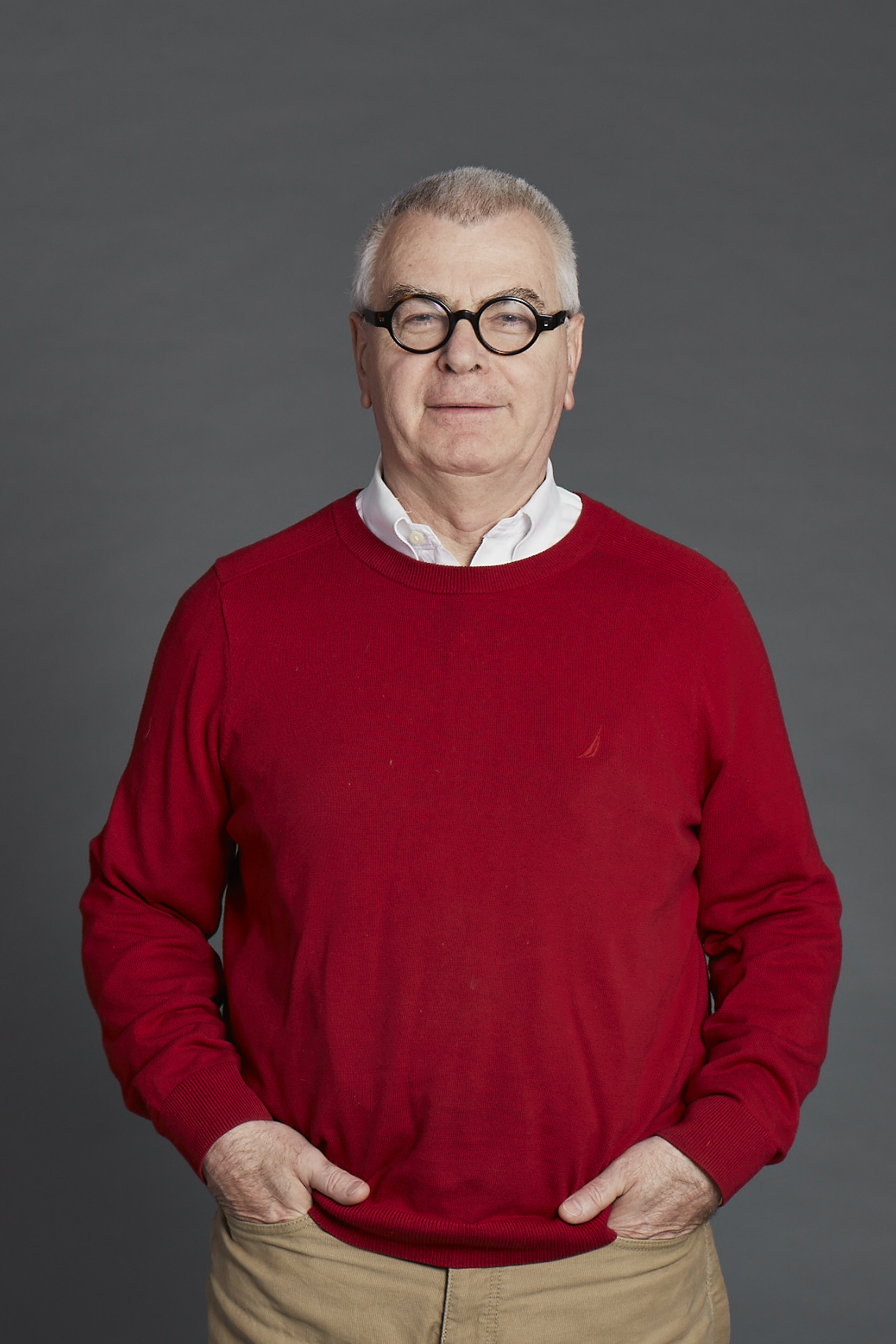
Special Lecture- The Brain From Inside Out - Gyorgy Buzsaki
Location: Hall B
Theme: Theme H – Cognition
Speaker(s): Gyorgy Buzsaki, MD, PhD
Institution: New York University
Is there a right way to study the brain? The current outside-in approach examines neural reactions to external stimuli. It has fueled a generation of extraordinary brain research but now it must confront its limits and hidden assumptions. The brain is a foretelling device that interacts with its environment through action and the examination of action's consequence. It is not an information-absorbing coding device but a venture-seeking explorer constantly controlling the body to test its hypotheses. Our brain does not process information: it creates it.
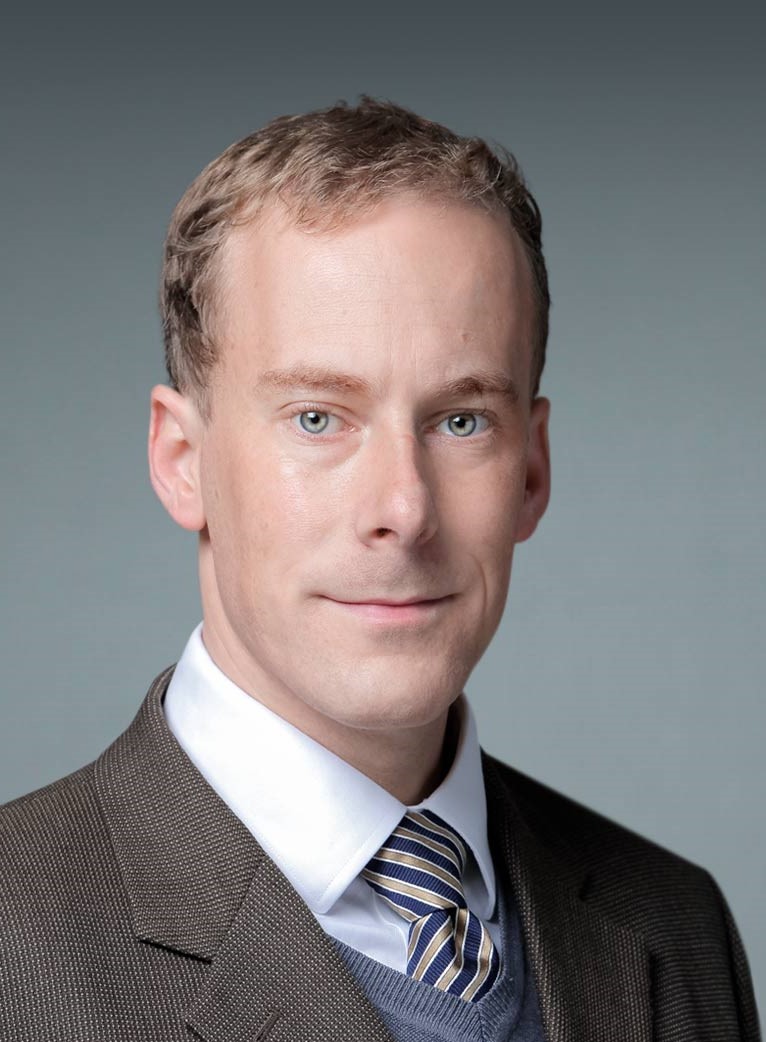
Special Lecture- Comparative Neurobiology of Vocal Communication - Michael A. Long
Location: Hall B
Theme: Theme E – Motor Systems
Speaker(s): Michael A. Long, PhD
Institution: New York University School of Medicine
Vocal communication is central to our everyday lives, facilitating social exchange. Despite significant recent discoveries, the neural mechanisms underlying coordinated vocal exchanges remain poorly understood. This lecture will examine the brain processes involved in interactive vocal behaviors, focusing on forebrain circuitry in the songbird and the rodent, and will relate these to emerging human studies that employ a range of methods to manipulate and monitor cortical areas relevant for speech.
PETER AND PATRICIA GRUBER LECTURE: Molecular Basis of the Circadian Clock in Mammals and Its Fundamental Role in Aging and Longevity - Joseph S. Takahashi
Date & Time: Sunday, October 20, 3–4:10 p.m.
Location: Hall B
Speaker(s): Joseph S. Takahashi, PhD
Institution: University of Texas Southwestern Medical Center, Howard Hughes Medical Institute
The molecular basis of circadian clocks involves a 24-hour autoregulatory transcriptional network that is cell-autonomous and widely expressed. The suprachiasmatic nucleus acts as master pacemaker, but peripheral oscillators can respond to proximal signals. In addition to behavior and physiology, the clock gene network interacts directly with many other pathways in the cell. With respect to metabolism, the timing of nutrient consumption is critical, and restricting the timing of feeding has many health benefits that impact aging, health span, and longevity.

Presidential Special Lecture- Understanding Cortical Development and Disease: From Embryos to Brain Organoids - Paola Arlotta
Date & Time: Sunday, October 20, 5:15–6:30 p.m.
Location: Hall B
Speaker(s): Paola Arlotta, PhD
Institution: Harvard University
Much remains unknown regarding the cellular and molecular mechanisms governing mammalian brain development. Focusing on the cerebral cortex, this lecture will present data on the mechanistic principles that control the developmental generation of cellular diversity in vivo, and consider to what extent processes of cortical development can be replicated outside the embryo, within brain organoids. This lecture will also discuss the challenges of modeling human corticogenesis in the dish, and the promise that brain organoids hold to investigate complex human neurodevelopmental disease.
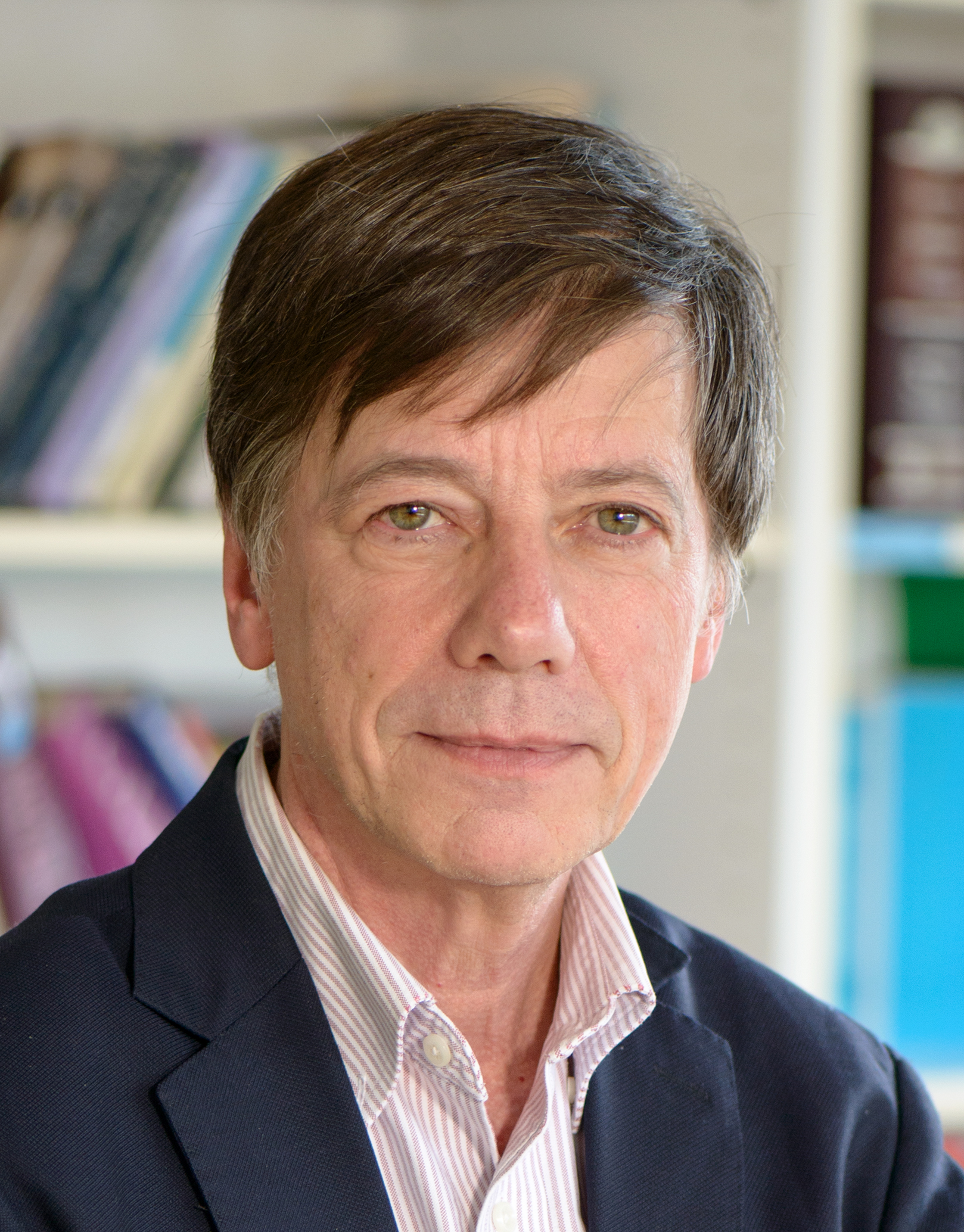
History of Neuroscience Lecture- Exocytosis of Synaptic Vesicles: From Quantal Release to Molecular Machines - Reinhard Jahn
Location: Hall B
Speaker(s): Reinhard Jahn, PhD
Institution: Max Planck Institute for Biophysical Chemistry
At chemical synapses, depolarization-induced calcium influx triggers neurotransmitter release, a key step in synaptic signaling. In the 1950s, Katz found that transmitter release is quantal, and synaptic vesicles were discovered. In the following decades, recycling routes for synaptic vesicle and for neurotransmitters were worked out, but only since the mid-1980s are the molecular mechanisms governing the steps in synaptic vesicle cycling becoming known. The history of the field will be briefly reviewed, focusing on exocytosis and membrane fusion.
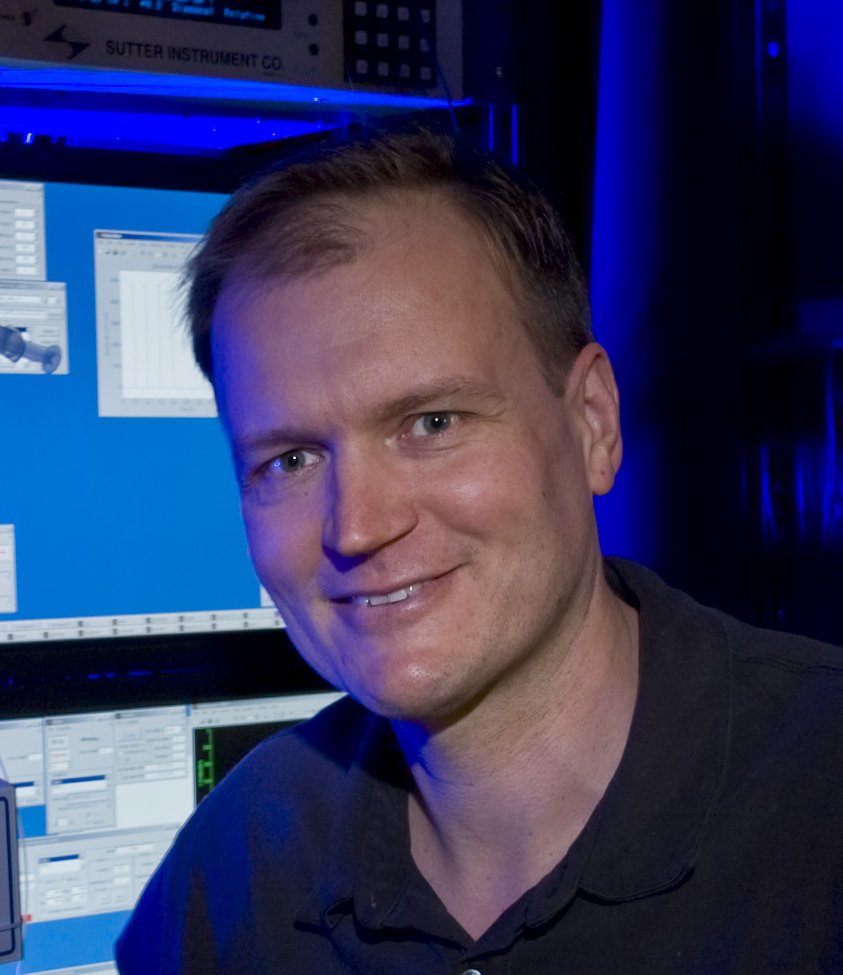
Special Lecture- Neural Mechanisms of Short-Term Memory and Motor Planning - Karel Svoboda
Location: Hall B
Theme: Theme E – Motor Systems
Speaker(s): Karel Svoboda, PhD
Institution: Howard Hughes Medical Institute, Janelia Research Campus
Motor planning plays key roles in motor control. Movements that are preceded by periods of motor planning are faster and more accurate than in the absence of planning. Motor planning is also a prospective form of short-term memory that links past events and future movements. During motor planning, neurons in the motor cortex show persistent activity related to specific movements, long before movement onset, in the absence of sensory input. This lecture will discuss how multi-regional neural circuits maintain this selective persistent activity and how this activity relates to behavior.
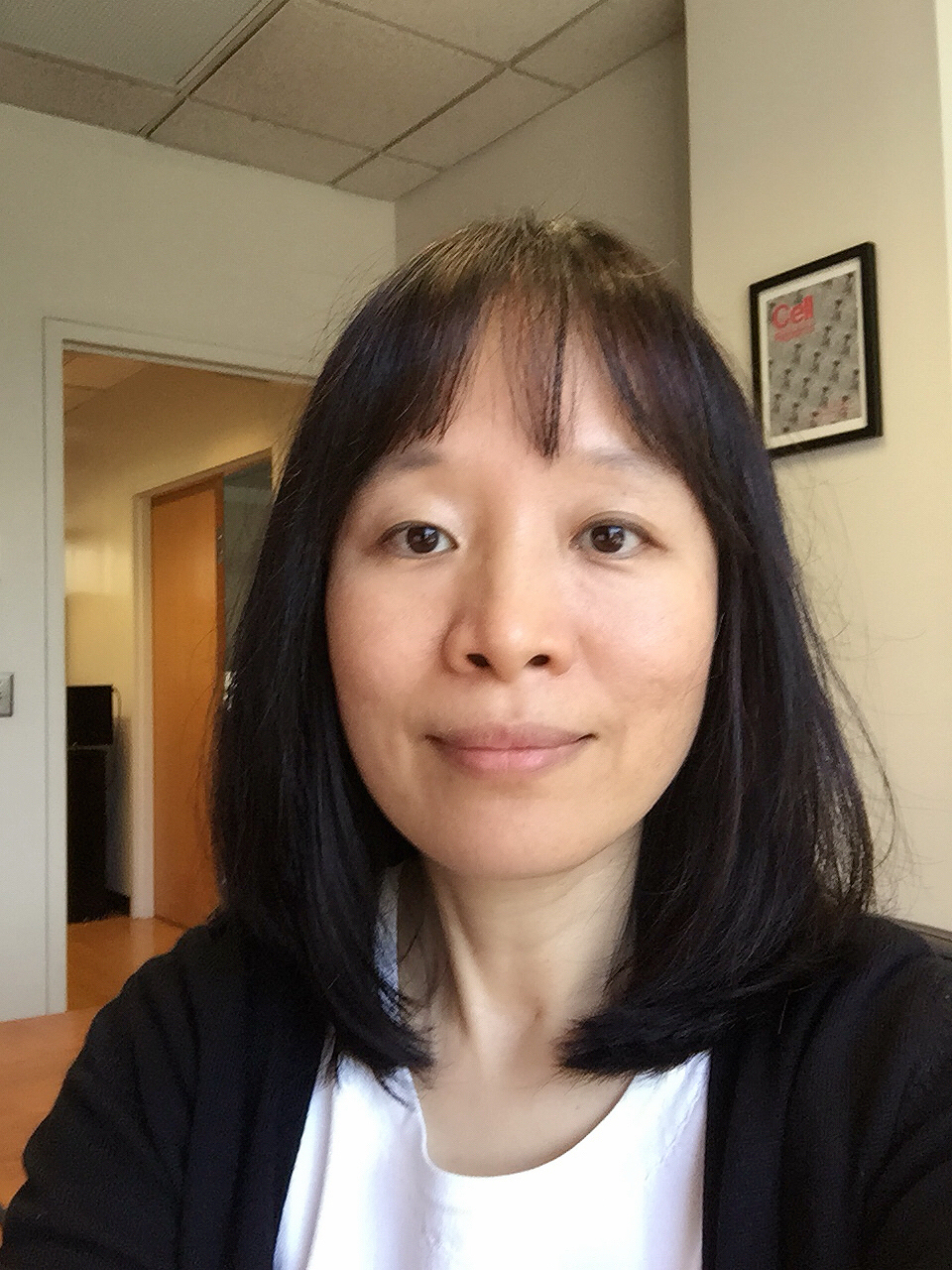
Special Lecture- Active Touch, Pain, and Anesthesia - Fan Wang
Location: Hall B
Theme: Theme D – Sensory Systems
Speaker(s): Fan Wang, PhD
Institution: Duke University Medical Center
This lecture will discuss studies aimed at understanding the neural basis of somatosensory perception. Specifically, three areas of research will be presented including: peripheral and brainstem sensory and motor circuits underlying exploratory touch behaviors; neural circuits processing the sensory-discriminative and the affective aspects of orofacial pain; and neural circuits mediating the analgesic (pain-suppression) functions of general anesthesia, especially the identification of an anesthesia-activated circuit in the amygdala that potently suppresses pain.
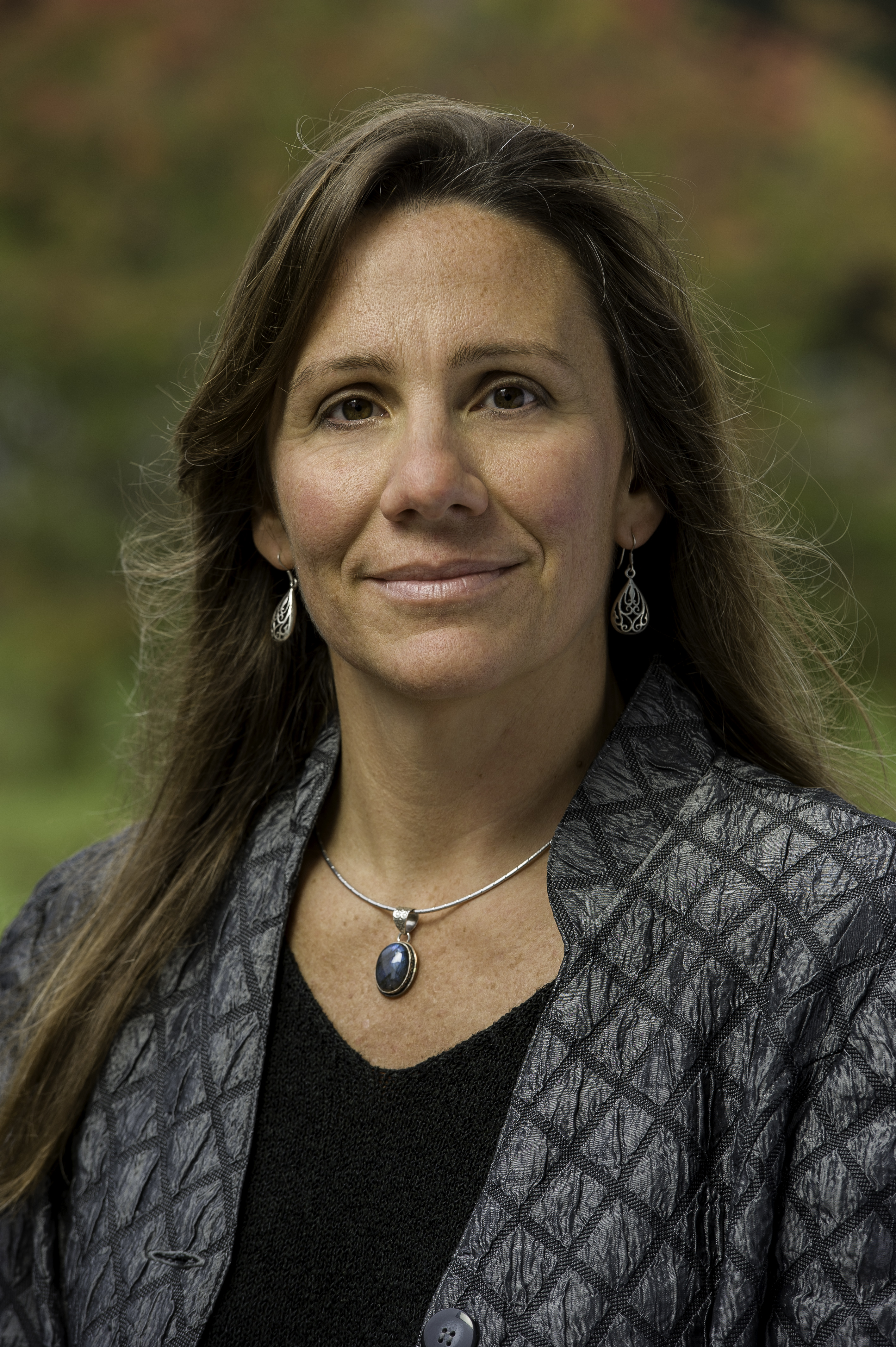
Albert and Ellen Grass Lecture- Neural Learning Rules in the Cerebellum - Jennifer L. Raymond
Date & Time: Monday, October 21, 3:15–4:25 p.m.
Location: Hall B
Speaker(s): Jennifer L. Raymond, PhD
Institution: Stanford University School of Medicine
The cerebellum is known for its role in motor learning, and is increasingly implicated in cognitive functions such as navigation, reward prediction, emotion, and social behavior. Its simple, repeated circuit architecture facilitates study of the functional links between events occurring at the molecular, cellular, circuit and behavioral levels as the cerebellum computes. By leveraging this analytical advantage, recent work has yielded new insight in the principles governing how neural circuits tune their performance through experience.
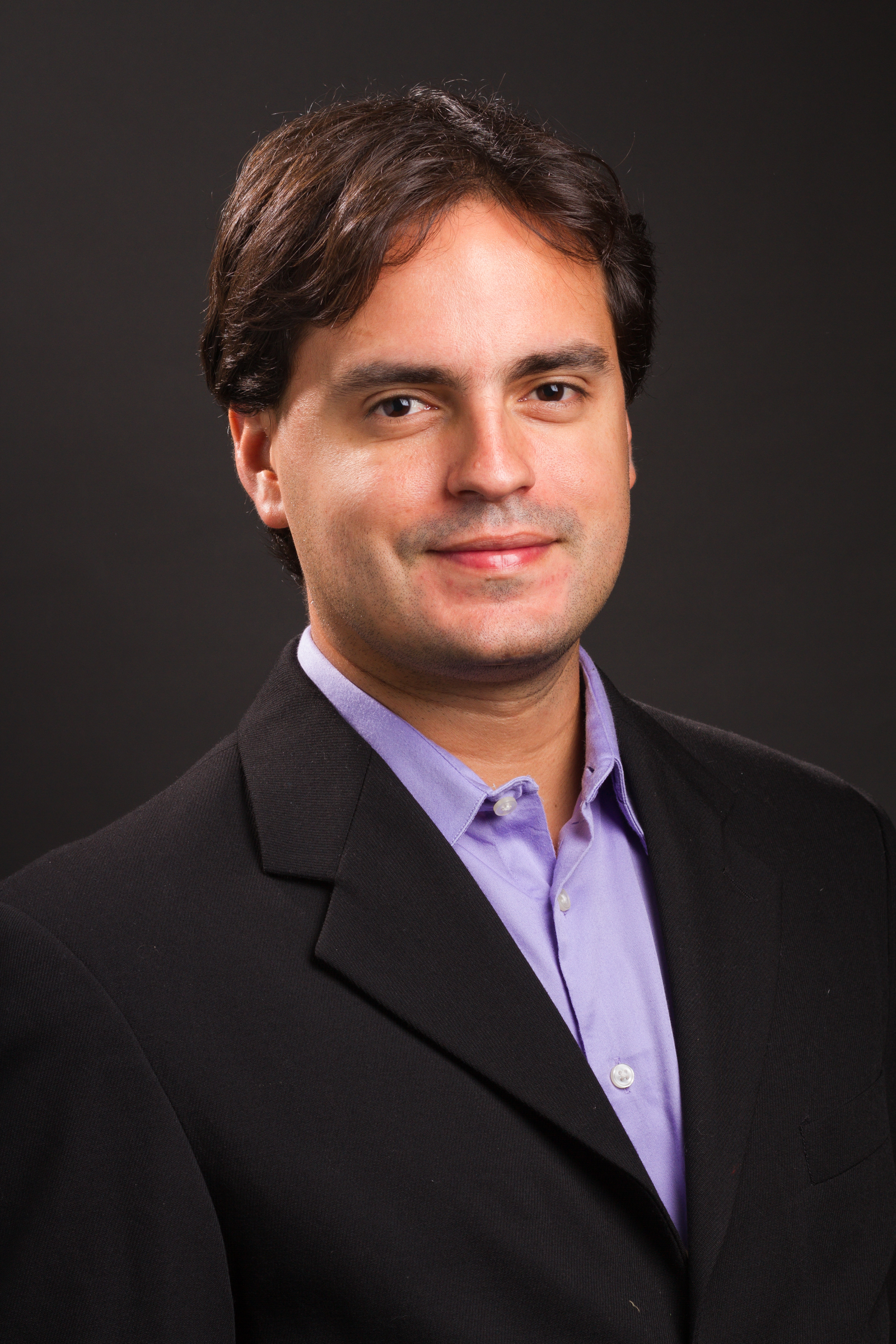
Presidential Special Lecture- The Cell Biology of the Synapse and Behavior - Daniel A. Colón-Ramos
Location: Hall B
Speaker(s): Daniel A. Colón-Ramos, PhD
Institution: Yale University School of Medicine
When, where, and how synapses form underpin the architecture of the nervous system and behaviors. Synapses are both precisely assembled during development and flexible during learning and memory. How can synapses be both precise and malleable to facilitate both the assembly and function of the brain? This lecture will discuss new findings that link the fundamental cell biological properties of single synapses to how they underpin the emergent property of the nervous system: behavior.

Special Lecture- Flies and Alcohol: An Interplay of Nature and Nurture - Ulrike Heberlein
Location: Hall B
Theme: Theme F – Integrative Physiology and Behavior
Speaker(s): Ulrike Heberlein, PhD
Institution: Howard Hughes Medical Institute, Janelia Research Campus
Alcoholism is a major problem in medicine and society, yet few effective therapies are available for its treatment. This lecture will discuss the development and use of the fruit fly Drosophila melanogaster as a model system to identify genes, molecular pathways, and neural circuits that mediate the highly conserved behavioral responses to alcohol.

Special Lecture- Molecular Mechanisms Underlying Activity-Dependent Neural Circuit Development and Plasticity - Xiang Yu
Location: Hall B
Theme: Theme A – Development
Speaker(s): Xiang Yu, PhD
Institution: Institute of Neuroscience, Chinese Academy of Sciences
The mammalian brain is highly plastic. Experience, both positive and negative, affects how neural circuits are wired, with long lasting effects on the well-being of the individual. This lecture will discuss the molecular mechanisms through which sensory experience and environmental factors affect neural circuit development and plasticity, focusing on plasticity mechanisms that may be unique to early development. The relevance of these mechanisms to developmental neurological disorders, especially autism spectrum disorders, will also be highlighted.
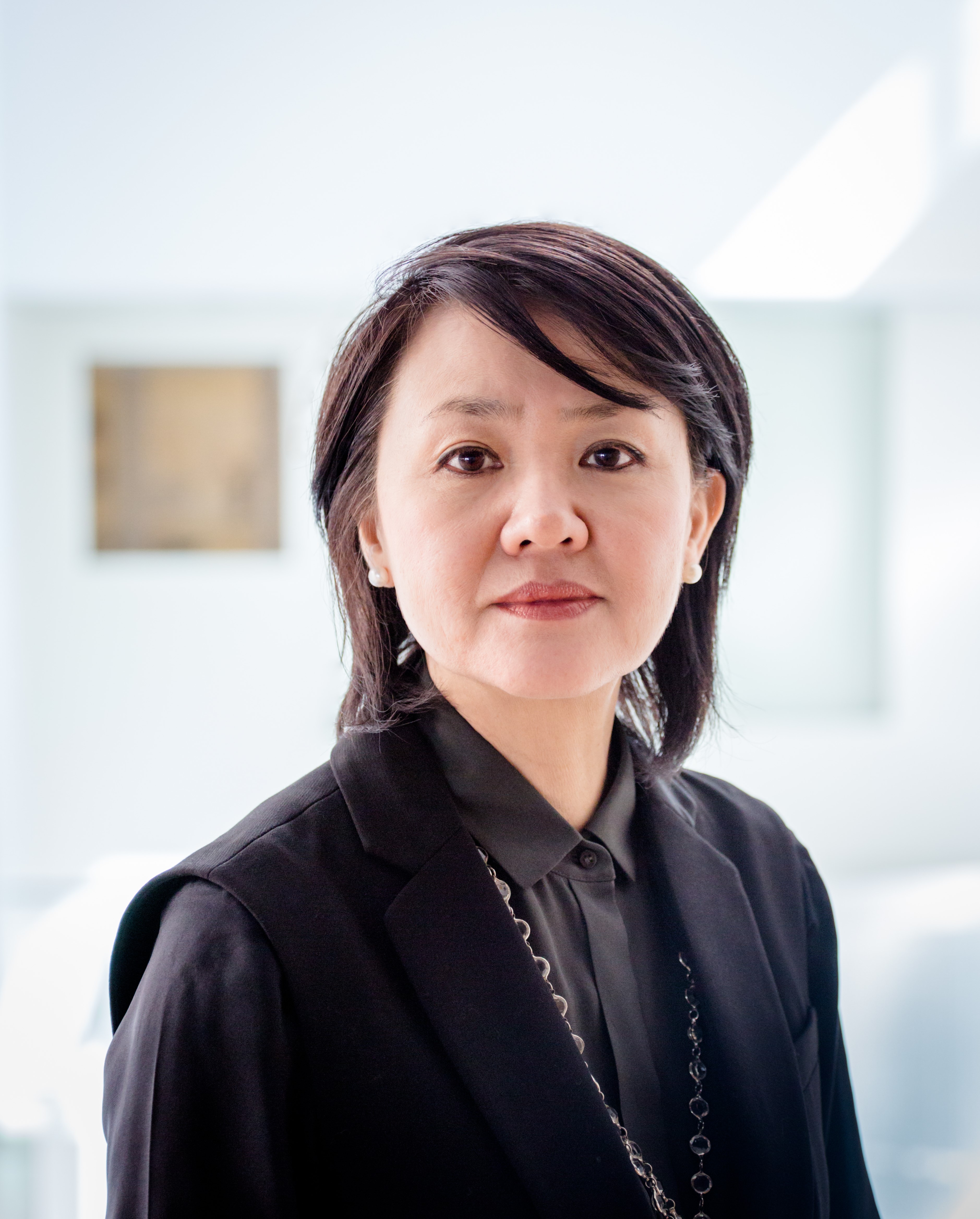
Special Lecture- Leveraging Brain Rhythms as a Therapeutic Intervention for Neurodegenerative Diseases - Li-Huei Tsai
Location: Hall B
Theme: Theme C – Neurodegenerative Disorders and Injury
Speaker(s): Li-Huei Tsai, PhD
Institution: Massachusetts Institute of Technology
Gamma rhythms (30-80 Hz) are modulated during cognition, and impaired gamma rhythms have been associated with Alzheimer's disease (AD). But do they play a causal role? New evidence shows that non-invasive sensory stimulation of 40 Hz rhythm power and synchrony in AD mouse models reduces AD-like pathology and enhances cognitive function. Research is ongoing to understand the mechanisms underlying the beneficial effects of 40 Hz stimulation and to translate this intervention for human patients.
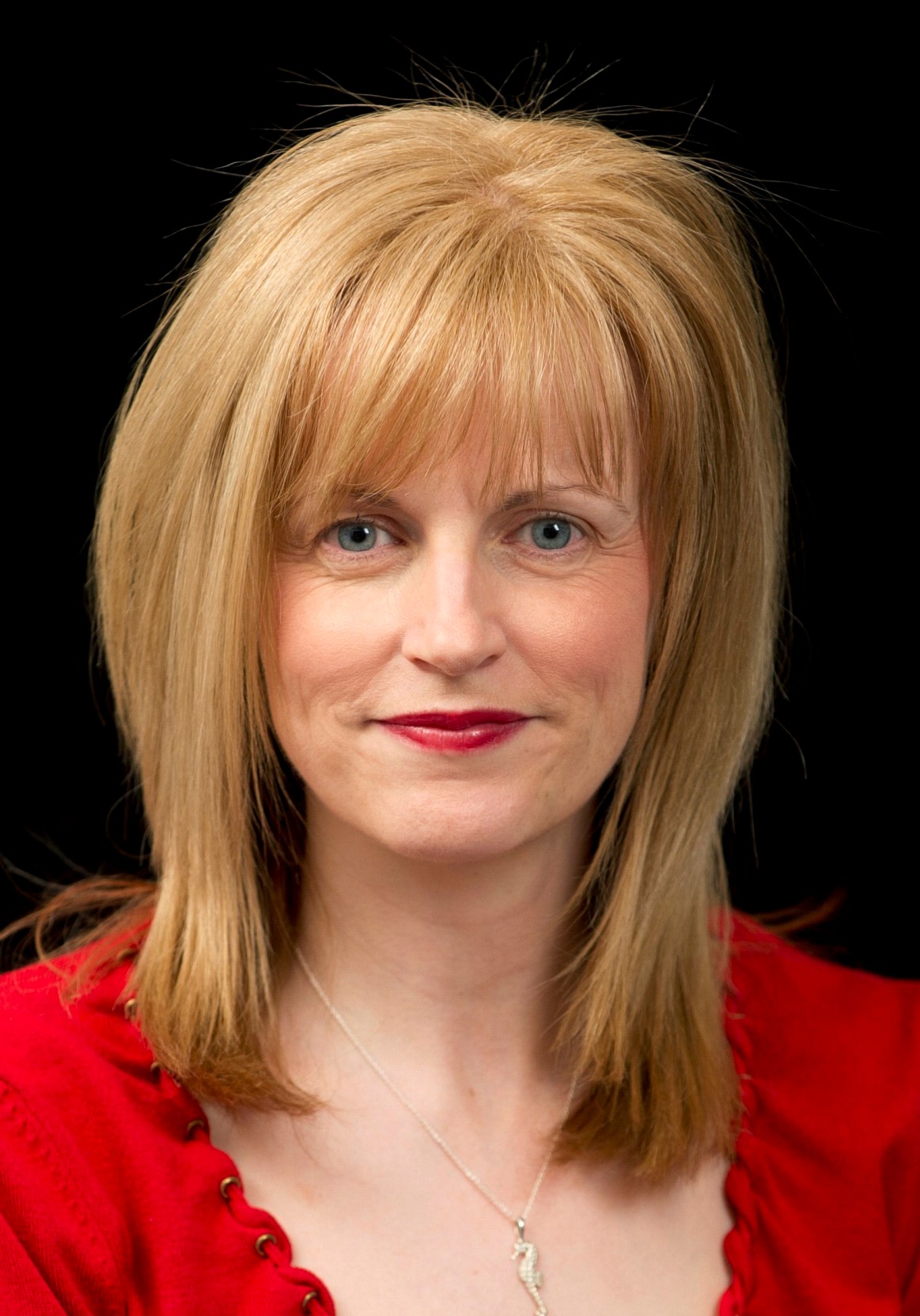
Special Lecture- Evolution and Dissolution of Memories Over Time - Eleanor A. Maguire
Location: Hall B
Theme: Theme H – Cognition
Speaker(s): Eleanor A. Maguire, PhD
Institution: University College London
Autobiographical memories are the ghosts of our past. Through them we visit places long departed, see faces once familiar, and hear voices now silent. These often decades-old personal experiences can be recalled on a whim or come unbidden into our everyday consciousness. This lecture will focus on examining not only how autobiographical memories evolve in the brain over time, but also how our understanding of this process has developed through the 50 years of the Society for Neuroscience.

David Kopf Lecture On Neuroethics- The Neuroethics Frontier - Nita Farahany
Date & Time: Tuesday, October 22, 3–4:10 p.m.
Location: Hall B
Speaker(s): Nita Farahany, JD, PhD
Institution: Duke University
How should we think about our emerging capabilities of accessing and altering human brains, particularly in light of advances in genome-editing technologies? This lecture will focus on the ethical, legal, and social issues arising from accessing and altering human brains. It will discuss consumer neuro-technologies, corporate interests in accessing and changing brains, and government attempts to do the same. It will also consider the current and future potential directions of these neuroethical issues, particularly in light of recent controversies about human genome-editing.
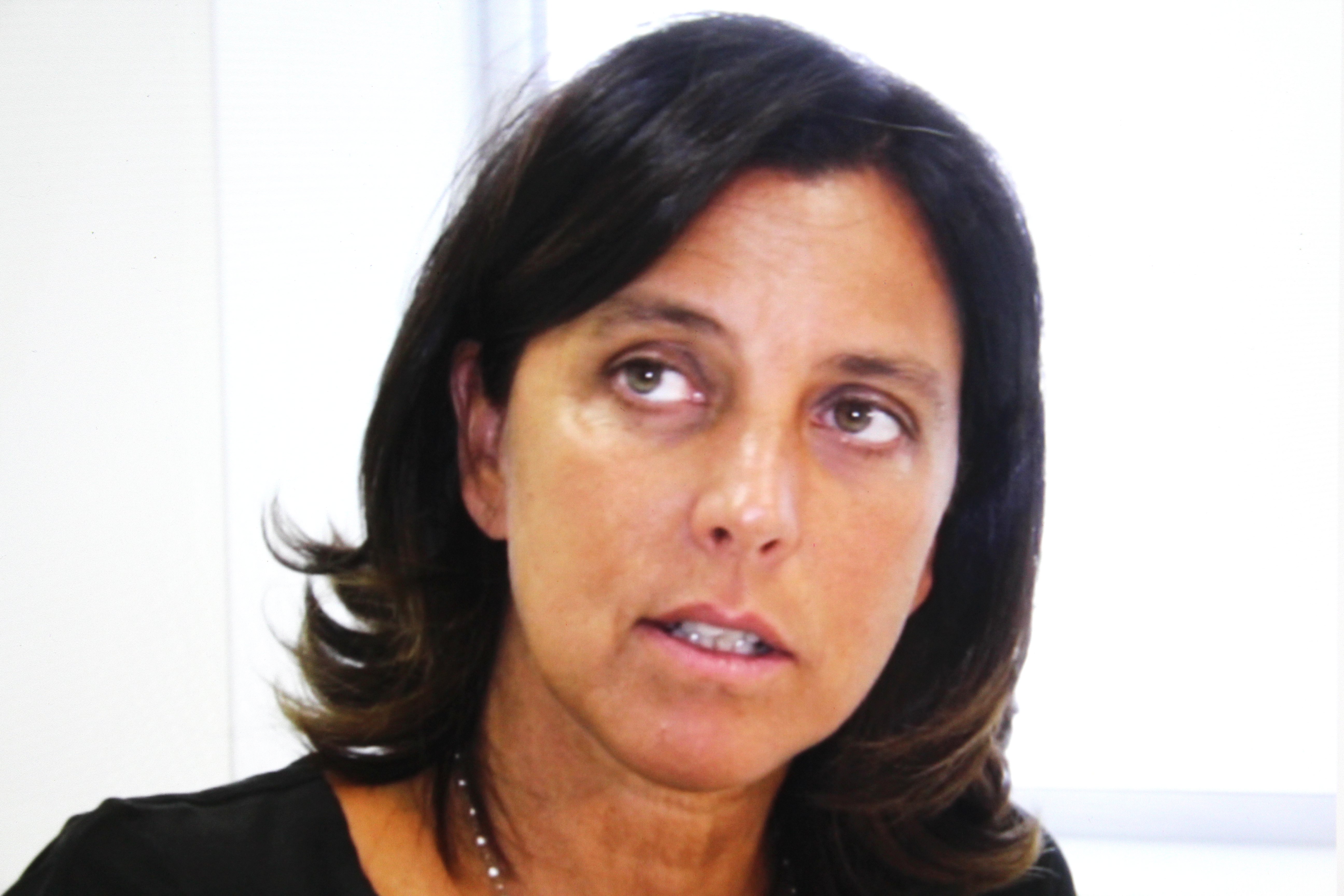
Presidential Special Lecture- Wavefront Engineering: Illuminating the Neural Landscape - Valentina Emiliani
Location: Hall B
Speaker(s): Valentina Emiliani, PhD
Institution: Vision Institute (CNRS, INSERM, Sorbonne University)
The revolution of optogenetics has opened perspectives in both fundamental and medical neuroscience unimaginable 10 years ago. Joint progress in the design of microbial opsins and in the shaping of wave fronts to precisely guide light through tissues is now bringing the field into a new phase that we can call circuit optogenetics, where neural circuits distributed across several brain areas can be optically interrogated and controlled with millisecond precision and single-cell resolution.
Special Lecture- Aberrant Phase Separation in Neurodegenerative Disease - Anthony A. Hyman
Location: Hall B
Theme: Theme C – Neurodegenerative Disorders and Injury
Speaker(s): Anthony A. Hyman, PhD
Institution: Max Planck Institute of Cell Biology & Genetics
Cells organize many of their biochemical reactions by formation and dissolution of non-membrane-bound compartments. Recent experiments show that a common mechanism for such biochemical organization is phase separation of unstructured proteins to form liquid-like compartments. These liquid-like compartments can be described by principles elucidated from condensed-matter physics and are therefore termed biomolecular condensates. This lecture will cover the relationship between the formation of liquid-like compartments, quality control mechanisms that preserve the liquid-like state, and the onset of aggregated-protein pathology that is commonly observed in neurodegenerative diseases.
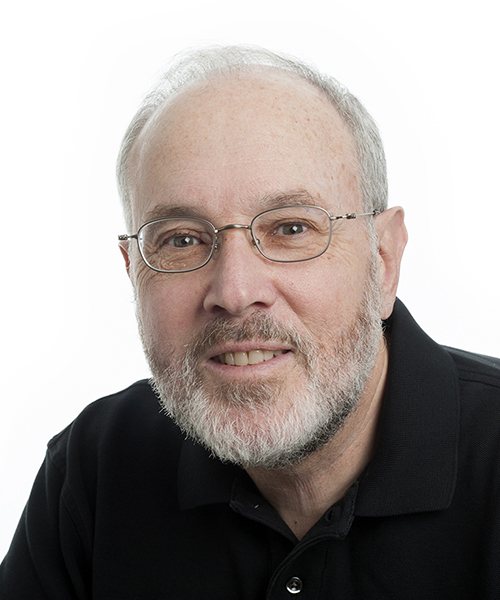
Special Lecture- Extracting Function From Structure: Lessons from the Fly Connectome - Gerald M. Rubin
Location: Hall B
Theme: Theme I – Techniques
Speaker(s): Gerald M. Rubin, PhD
Institution: Howard Hughes Medical Institute, Janelia Research Campus
A connectome of the Drosophila central nervous system will soon be available, providing the first glimpse of synaptic-level connectivity of the brain of an animal with sophisticated behavior. The challenge now is to use this information—together with genetically targeted physiology and perturbation during behavior—to understand the neural basis of perception, sleep, associative learning, navigation, and more.
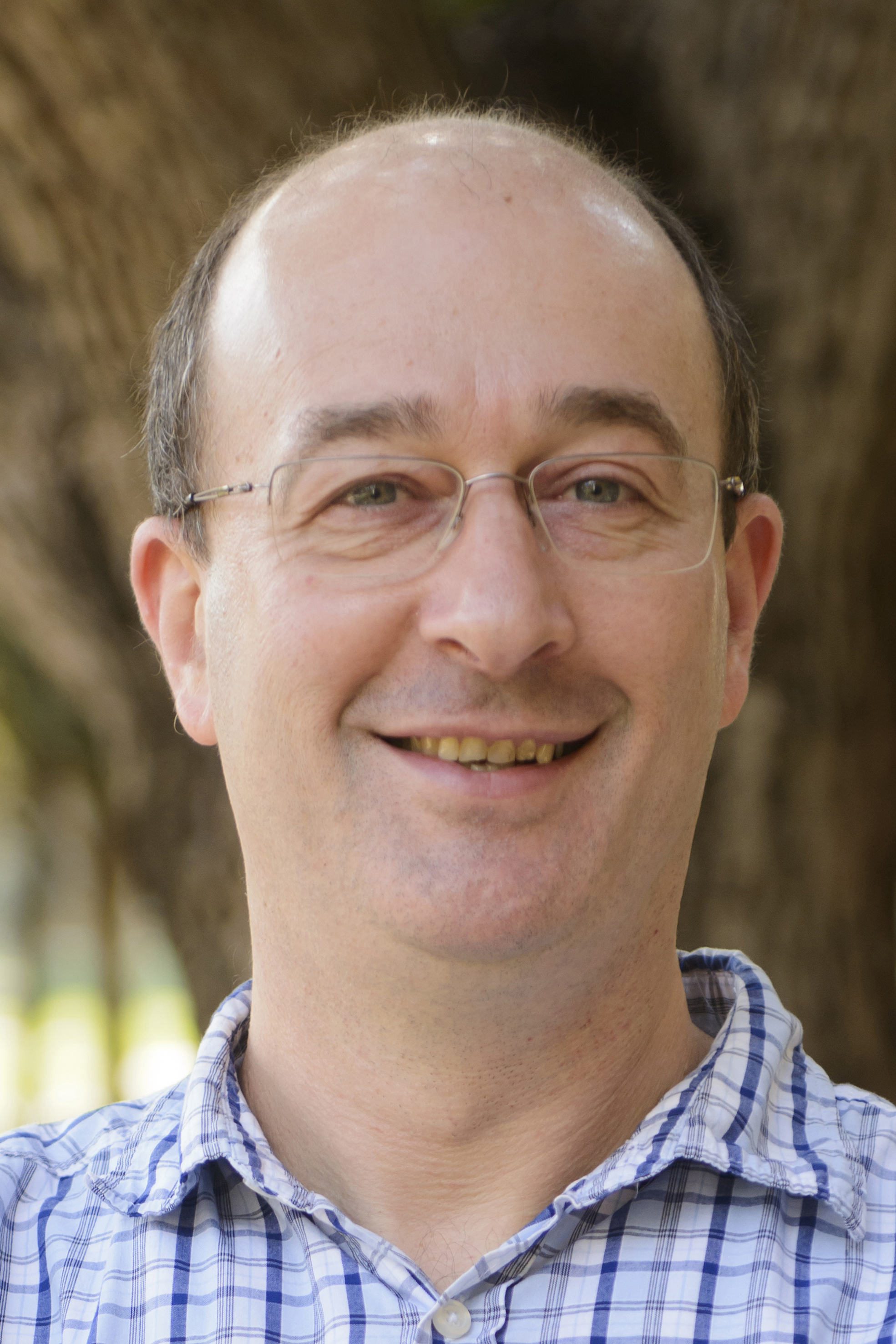
Special Lecture- Neural Codes for Natural Behaviors in Flying Bats - Nachum Ulanovsky
Location: Hall B
Theme: Theme H – Cognition
Speaker(s): Nachum Ulanovsky, PhD
Institution: Weizmann Institute of Science
Natural Neuroscience aims to decipher the neural mechanisms of natural behaviors in freely-moving animals. This lecture will focus on studies of neural codes for space, time, and social behaviors in flying bats using wireless neurophysiology methods. It will highlight new neuronal representations discovered in animals navigating through complex, 3D, or large-scale environments, or engaged in social interactions. The lecture will posit that neuroscience experiments in bats, rodents, or humans should be conducted under evermore naturalistic settings.
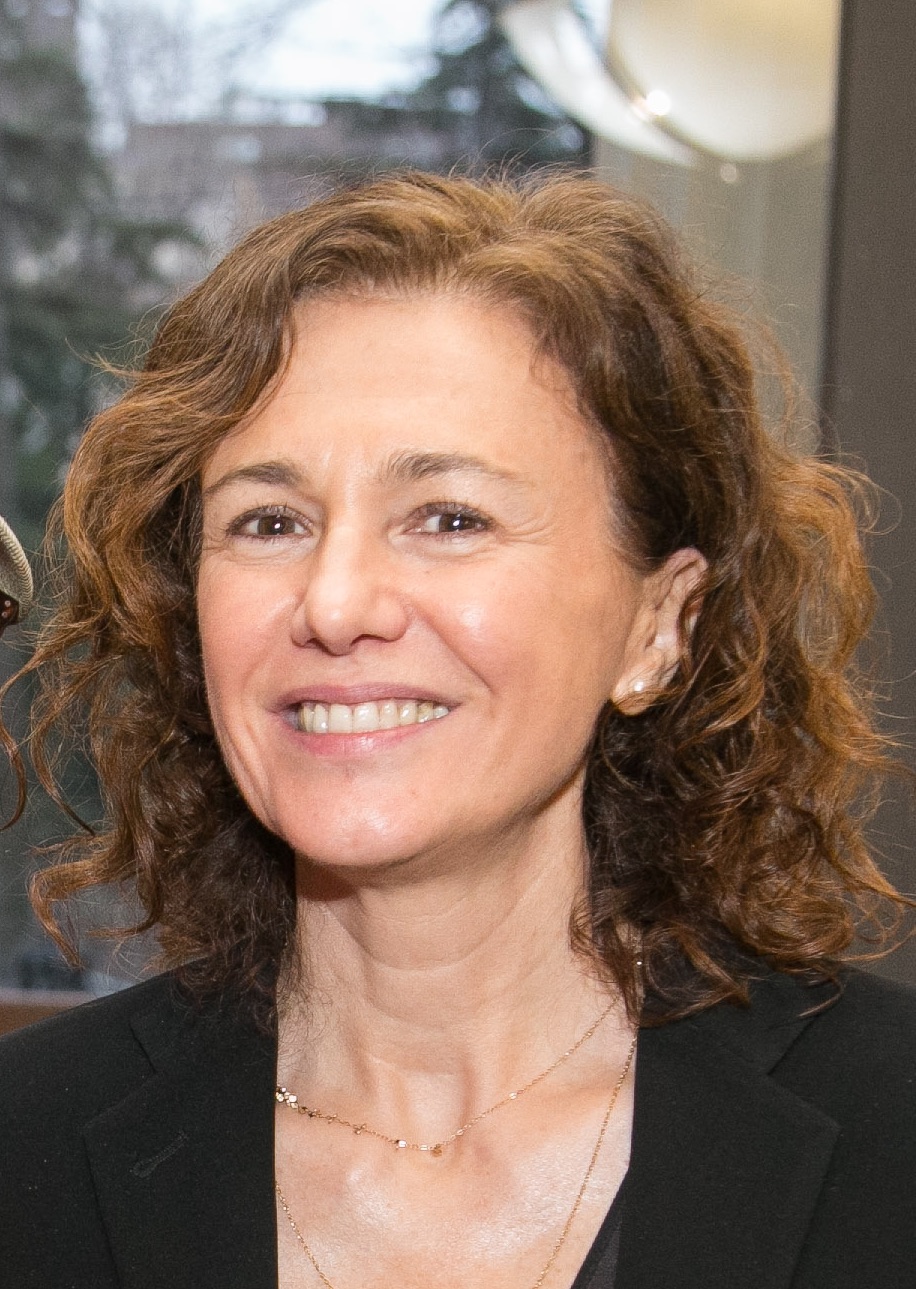
Special Lecture- The Neurobiology of Long-Term Memory: Key Molecules, Diverse Cell Types, Temporal Dynamics, and Critical Periods - Cristina M. Alberini
Location: Hall B
Theme: Theme G – Motivation and Emotion
Speaker(s): Cristina M. Alberini, PhD
Institution: New York University
Long-term memory formation and storage are complex and dynamic processes. What types of molecular and cellular mechanisms underlie this complexity? This lecture will describe key biological mechanisms regulated in response to learning, their expression in diverse cell types, their temporal dynamics, and their roles in long-term memory formation, storage, as well as changes induced by memory recall. It will also discuss how the biological mechanisms engaged in long-term memory formation and storage change over development.




















